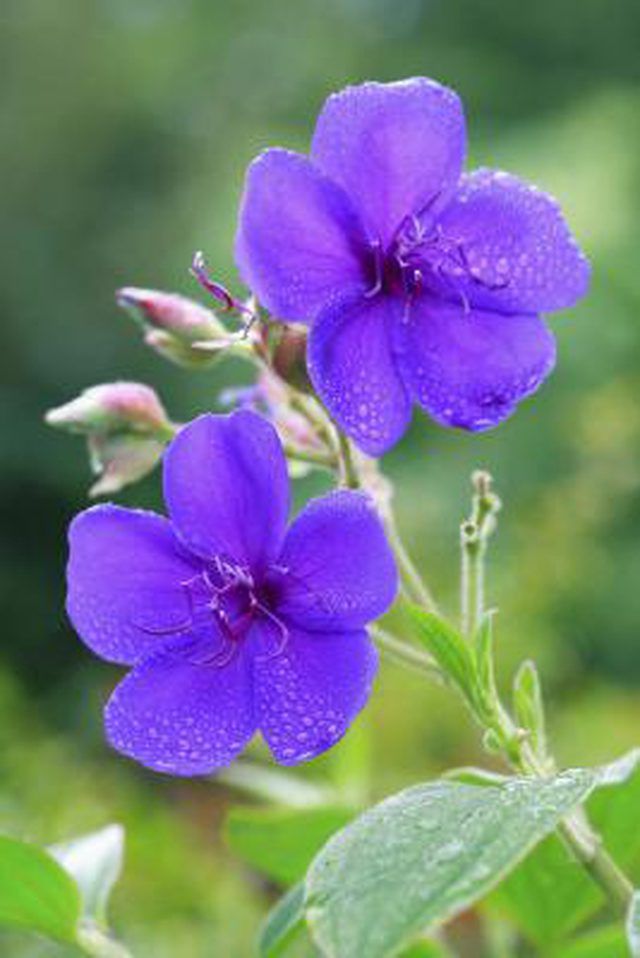Bulbs
Flower Basics
Flower Beds & Specialty Gardens
Flower Garden
Garden Furniture
Garden Gnomes
Garden Seeds
Garden Sheds
Garden Statues
Garden Tools & Supplies
Gardening Basics
Green & Organic
Groundcovers & Vines
Growing Annuals
Growing Basil
Growing Beans
Growing Berries
Growing Blueberries
Growing Cactus
Growing Corn
Growing Cotton
Growing Edibles
Growing Flowers
Growing Garlic
Growing Grapes
Growing Grass
Growing Herbs
Growing Jasmine
Growing Mint
Growing Mushrooms
Orchids
Growing Peanuts
Growing Perennials
Growing Plants
Growing Rosemary
Growing Roses
Growing Strawberries
Growing Sunflowers
Growing Thyme
Growing Tomatoes
Growing Tulips
Growing Vegetables
Herb Basics
Herb Garden
Indoor Growing
Landscaping Basics
Landscaping Patios
Landscaping Plants
Landscaping Shrubs
Landscaping Trees
Landscaping Walks & Pathways
Lawn Basics
Lawn Maintenance
Lawn Mowers
Lawn Ornaments
Lawn Planting
Lawn Tools
Outdoor Growing
Overall Landscape Planning
Pests, Weeds & Problems
Plant Basics
Rock Garden
Rose Garden
Shrubs
Soil
Specialty Gardens
Trees
Vegetable Garden
Yard Maintenance
How to Care for a Tibouchina Plant
How to Care for a Tibouchina Plant. The purple flowers of a large, evergreen tibouchina plant (Tibouchina spp.) adorn the shrub's sprawling, vinelike branches. Native to Brazil, tibouchina plants thrive in U.S. Department of Agriculture plant hardiness zones 9b through 11, depending on the species and cultivar. The princess flower (Tibouchina...

The purple flowers of a large, evergreen tibouchina plant (Tibouchina spp.) adorn the shrub's sprawling, vinelike branches. Native to Brazil, tibouchina plants thrive in U.S. Department of Agriculture plant hardiness zones 9b through 11, depending on the species and cultivar. The princess flower (Tibouchina urvilleana) is hardy in USDA zones 9b through 11 while glory bush (Tibouchina lepidota) is hardy in zones 10 through 11 and purple glory tree (Tibouchina granulosa) in zones 10B through 11. Taking care of a tibouchina plant is relatively basic.
Things You'll Need
Rake
Mulch
Watering device
Granular, slow-release, balanced fertilizer or liquid fertilizer for flowering plants
Disposable tablespoon or teaspoon
1-gallon container (optional)
Pruning shears
Anvil pruners
Neem oil (optional)
Gloves
Safety glasses
Remove weeds from the tibouchina plant's garden bed. Rake a 3- to 4-inch-thick layer of mulch over the soil. Mulch inhibits weed growth, conserves water and helps maintain a consistent moisture level in the soil.
Water the tibouchina plant when its soil is dry to the touch. Generally, unless the weather is extremely hot or the plant is in a pot, watering once or twice a week with 1 inch of water is sufficient. Don't water during the rainy season when the soil is saturated. When overwatered, a tibouchina plant may develop root rot.
Apply 3 to 6 tablespoons of a granular, slow-release, balanced fertilizer, such as a 14-14-14 or 15-15-15 formula, around a tibouchina plant that is in the ground. Scratch the fertilizer into the soil's top 1 to 3 inches. Water the soil thoroughly. Fertilizer degrades at different rates, depending on the temperature. Reapply the fertilizer monthly when temperatures are above 90 degrees Fahrenheit and every three to four months when temperatures dip to 70 F. Stop fertilizing when temperatures fall below 60 F.
Fertilize a potted tibouchina plant with a liquid fertilizer formulated for flowering plants, such as a 15-30-15 formula. Mix 1/2 teaspoon of the fertilizer well with 1 gallon of water before using the solution to water the plant. Apply the solution until it drains from the pot's bottom. Fertilize the potted plant every seven to 14 days.
Prune the tibouchina plant to shape it into a mound, shrub or treelike form. Shear in late winter to reduce the plant's size. Pinch back new growth regularly to maintain the plant's shape. Although other tibouchinas may be pruned to a tree form, the purple glory tree is easiest to prune and maintain as a small tree.
Monitor the tibouchina plant for pests, such as aphids and whiteflies. A strong blast of water knocks the tiny green aphids off leaves and removes whiteflies, which are white flying insects that often are in groups. If an infestation is severe, mix 1/2 to 1 ounce of neem oil with 6 1/4 cups of water, and apply the solution in morning to all surfaces of the plant until the leaves and stems are completely coated and wet. The solution kills the bugs on contact. Reapply it every seven to 14 days as needed to control pests.
Tips & Warnings
Disinfect pruning shears and anvil pruners between cuts with a solution containing equal amounts of rubbing alcohol and water.
Tibouchina species are invasive in warm, frost-free climates such as southern Florida and Hawaii. Hawaii considers all Tibouchina species invasive.
Wear gloves and safety glasses when pruning, fertilizing or spraying horticultural oil to protect your skin and eyes.
Keep all tools, fertilizers and horticultural oils out of the reach of children and pets.